Crown and Bridge
Crown
Chipped or fractured teeth, broken down fillings, or teeth that are malformed or discoloured are all conditions which can affect your smile. A crown is a cap that is used in order to help restore or hold together a tooth that has been chipped or damaged.
Crowns can also cover a large filling to help keep it in place, and they can protect a tooth recovering from root canal treatment. Multiple crowns are also used to hold a bridge in place. Their purpose is to restore each tooth to its normal shape and size, while both strengthening and improving its appearance.
A crown is recommended for a number of reasons:
Natural looking porcelain attached to a durable metal shell is the most common construction used to create a crown because of its strength (commonly called metal ceramic crown). However, a crown can also be made of gold alloys or non-precious alloys, ceramic, acrylic (plastic) or composite resin, or any combination of these.
Tooth location, the position of the gum tissue, the amount of tooth that shows in the smile, the colour and shade of the tooth, and the function of the tooth are all taken into consideration when choosing which material to use.
Having a crown fitted may require two or three dental visits. At the first appointment, the tooth to be crowned will be numbed and reduced in size to accommodate the crown, and then a mould of your tooth will be taken for the laboratory to use in the manufacture of the crown. If required a temporary crown can be placed over the tooth until the custom (final) crown is available.
Crowns are permanent fixtures, but they can occasionally come loose and need to be replaced. Caring for a crown requires proper dental and gum care as instructed by a dentist.
E-max Zir-CAD
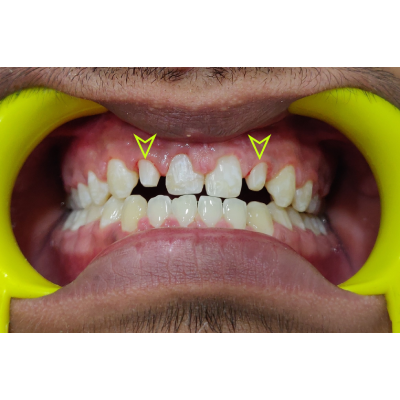
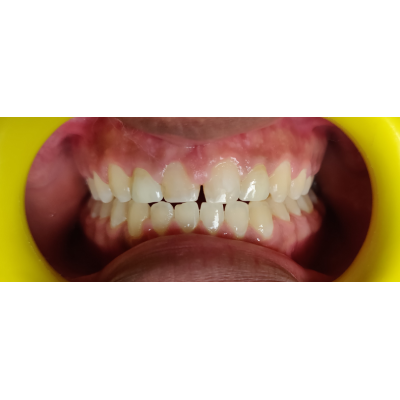
Anterior Lava crowns
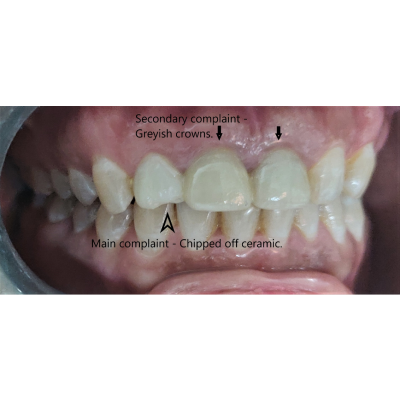
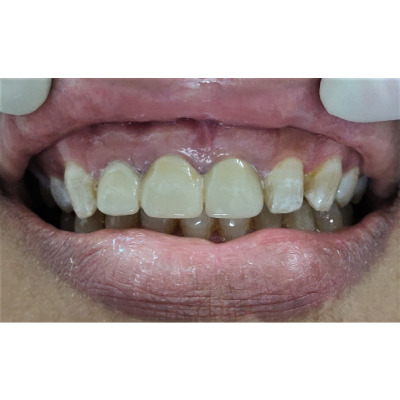
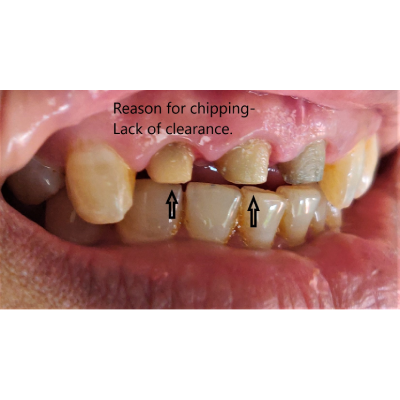

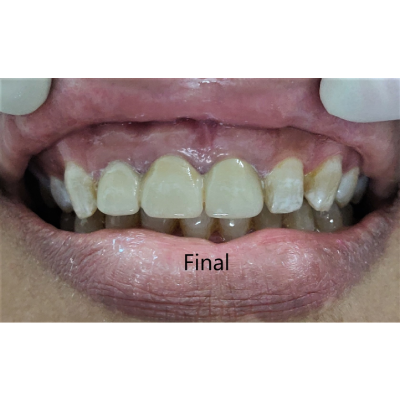
Anterior Zirconia
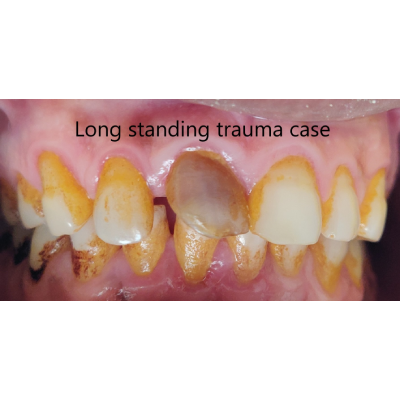
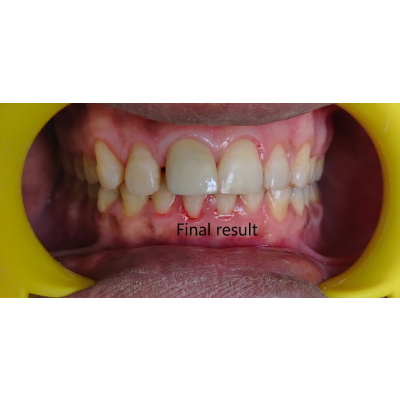
Anterior PFM
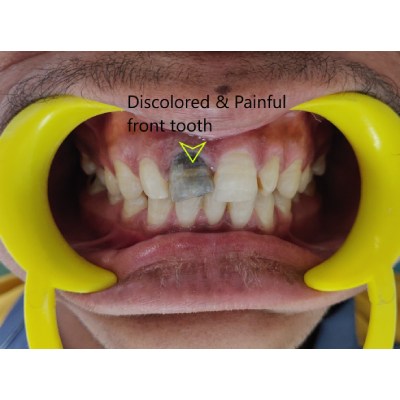
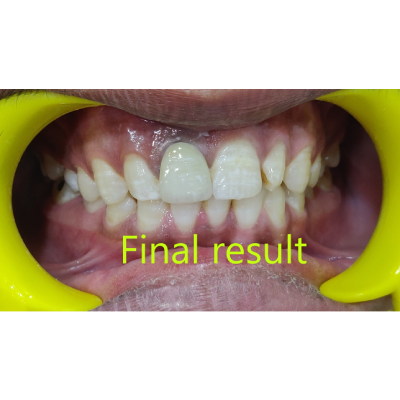
Bridge
A bridge is a device that is used as one of the ways of replacing a missing tooth.
There are two types of bridge; a conventional bridge or an adhesive bridge.
Conventional bridge
A false tooth is attached to a crown on one or both sides of a gap. It involves quite extensive drilling of the tooth (or teeth) to which the false tooth will be attached. The crowns are either made of gold, a non-precious metal, or a combination of metal and porcelain. The false tooth is usually made out of tooth-coloured porcelain.
Once the teeth have been prepared, a mould (impression) of the affected teeth is made. This is sent to a laboratory for the bridge to be made; it usually takes two weeks. In the meantime, to prevent any sensitivity, a temporary bridge covers the drilled teeth.
Once it has been manufactured, the bridge will be tried in place. It may require some adjustments before it is cemented in permanently.
The advantages of a conventional bridge are that it is strong and not removable. The disadvantage is that it involves extensive drilling of the adjacent teeth.
Contact
- B-105, Tirth jyoti plaza, opp RTO gate, near subhash bridge circle, Ahmedabad, Gujarat 380027
- +91 96864 58860
- info@theauradent.com
